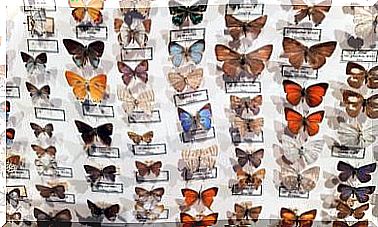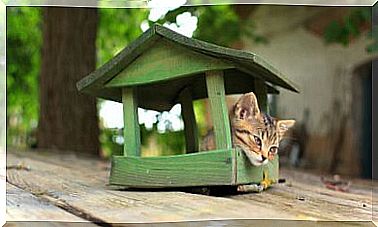Zodiac: The Way Of Animals
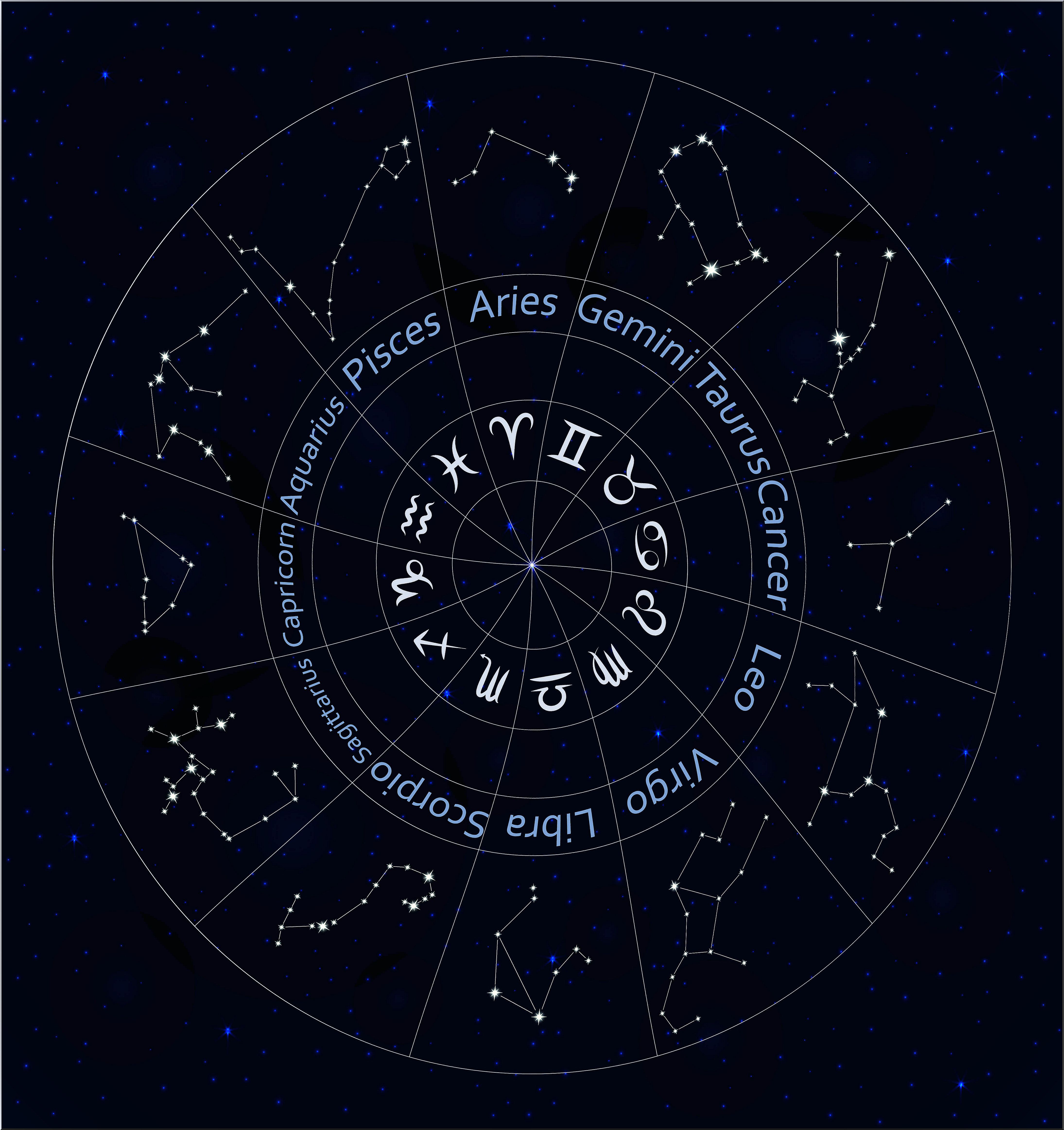
The symbology of the zodiac is closely linked to the etymology of this term, ‘the way of animals’ or, according to other philologists, ‘images of animals’, in reference to the forms of the constellations.
The origin of the zodiac is convulsive, and there is a debate between those who attribute its authorship to the Egyptians and those who propose it to the Babylonians. However, there does seem to be a consensus regarding the Egyptian contribution to the expansion of world astrology.
The symbols of the western zodiac are associated with Greek mythology and, although many are animals, other characters related to the gods of Olympus also appear.
In addition, today there are many other interpretations and zodiacal representations according to the civilization studied. Thus, while the Celts relied on trees, the Chinese created a zodiac made up of animals from their own mythology.
The Chinese case is one of the best known at the popular level, although like all legend it also presents different versions. The most widely accepted links the 12 animals of the Chinese zodiac with the race to the so-called Heavenly Gate. This fact justifies the zodiacal order of these animals according to the time of arrival: rat, ox, tiger, rabbit, dragon, snake, horse, goat, monkey, rooster, dog and pig.
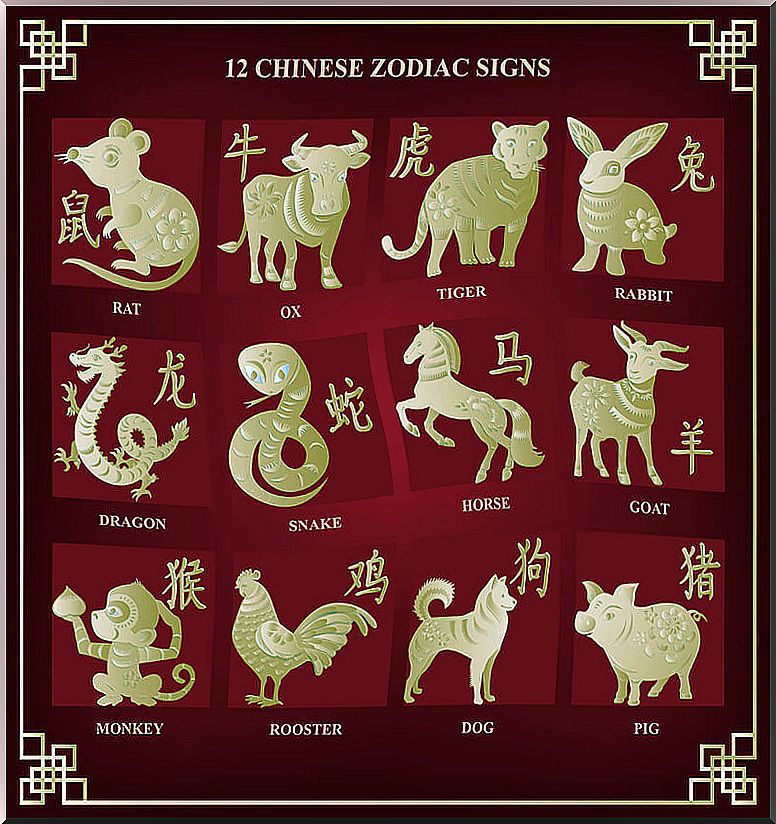
Chinese zodiac legend
Tradition has it that the Jade Emperor, one of the best known in Chinese religion, organized a race to choose the first 12 as his guardians. For this, he sent to earthly life an immortal being capable of spreading the message among future participants.
The next day, the rat, which was the earliest, was ahead of the others. When she came across a river, she had to stop until she saw the opportunity to cross it hanging from the ear of the ox that followed her. Thus, the rat, and later the ox, were the first and the second to arrive at the Emperor after crossing the Heavenly Gate. Next, the tiger and the rabbit ranked third and fourth.
The handsome dragon, kinder than usually believed, took a few moments away from the race to put out a fire and was fifth. Later, there was the horse that he thought was going to be the sixth, without noticing the snake that managed to overtake him. Thus, the serpent and the horse were the sixth and the seventh to arrive.
The goat, the monkey and the rooster were characterized by their teamwork and built a raft to cross the river. In that order, they reached the eighth, ninth and tenth position. It should be noted that in some regions the goat is replaced by a sheep. Finally, the dog and the pig arrived, who entertained themselves by splashing in the river and eating, respectively.
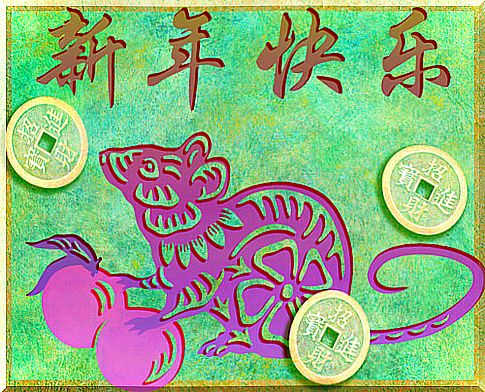
Apparently you might miss the absence of the cat, very popular in the Chinese tradition. However, the legend adds that the rat, despite the friendship he had with him, forgot to wake him up in the rush.
Astrology and the search for answers
The stars were one of the natural elements chosen by men to predict their future. However, animals have also been key in this function since prehistoric times. In fact, according to astronomer Sten Odenwald, director of the NASA Education Consortium, the cave paintings already reflected a type of animal spirit that affected humans through hunting.
Another example is that of the Babylonians and Sumerians who, in addition to looking at the sky, analyzed the liver and other animal viscera in their divination practices.
Astrology, with the zodiac, horoscopes and the so-called astral charts, is still a pseudoscience, since its methodology does not present any scientific and objectively proven support. However, its practice, which arose in prehistoric times, has been evolving and consolidating until today.
It might interest you …
.



